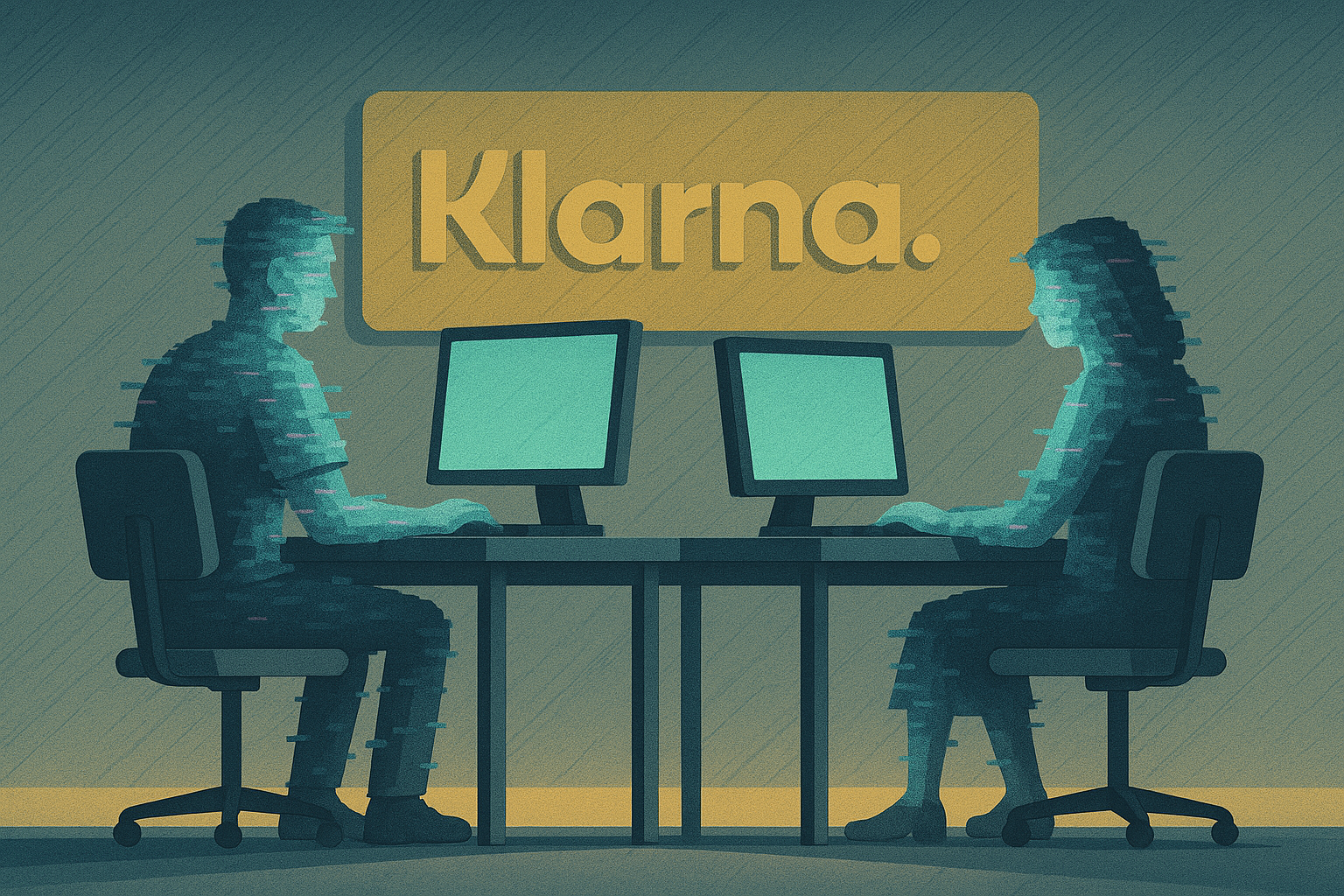Klarna says its artificial intelligence customer-service assistant now performs the work of 853 full-time employees, marking one of the most extensive operational deployments of generative AI in the financial-technology sector to date.
The Swedish payments company, best known for its buy-now, pay-later service, disclosed that the AI tool — built with OpenAI technology — has handled millions of customer queries since launch and now manages the workload equivalent to nearly nine hundred human agents. Klarna claims the system has delivered annualised savings of around US $60 million and consistently achieved “human-level satisfaction” in post-chat feedback.
“The AI assistant can now do the work of 853 full-time agents, up from 700 in the beginning of the year,” Klarna said in a statement, highlighting that its digital support channel resolves two-thirds of customer conversations without escalation. Chief executive Sebastian Siemiatkowski described the rollout as a “turning point for customer experience in fintech.”
The assistant was introduced early this year, initially handling 2.3 million customer interactions in its first month. Klarna says it now supports users across 35 markets, covering tasks from refund tracking to account updates. The company maintains that customer satisfaction has risen despite the sharp reduction in human service roles.
Klarna has halved its workforce since 2022 while doubling revenue, citing automation as a core driver. The change reflects a wider recalibration across fintech and retail as generative AI tools expand into high-volume service functions once seen as resistant to automation.
Industry analysts note that while the model delivers speed and scale, it also raises questions about quality control and labour displacement. Some businesses that experimented with full automation, including Klarna itself, have since reintegrated limited human oversight to manage complex or sensitive cases.
Automation remains a strategic focus for Klarna as it prepares for a potential stock-market listing. Siemiatkowski has framed the AI rollout as part of a broader productivity shift, describing the company’s ambition as “building a more efficient financial ecosystem.”
The move is a clear signal of how far customer service automation has matured and how quickly expectations around human work are changing in response.




You must be logged in to post a comment.